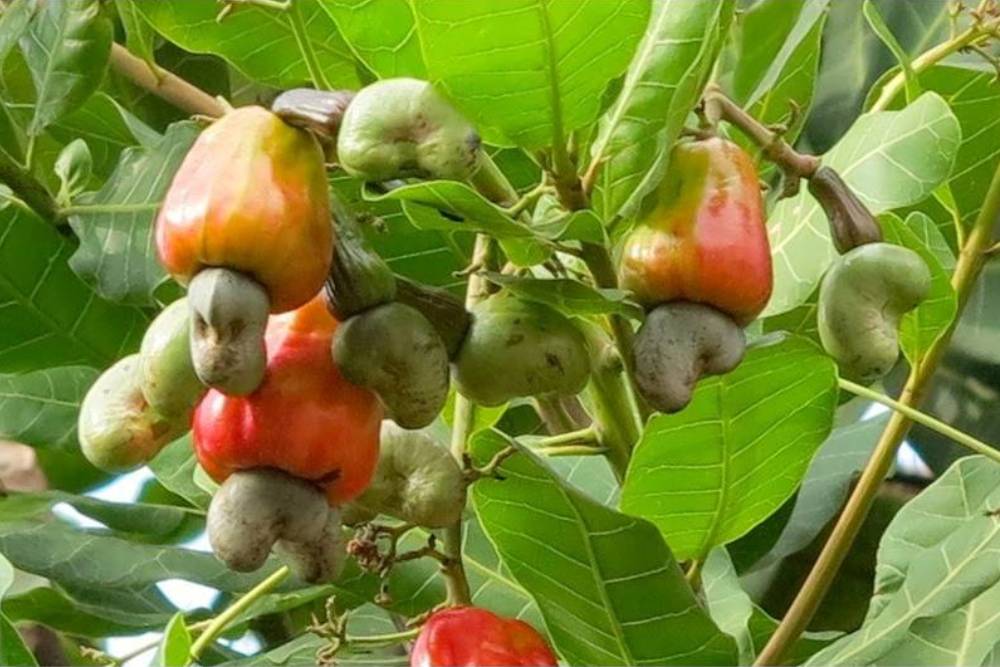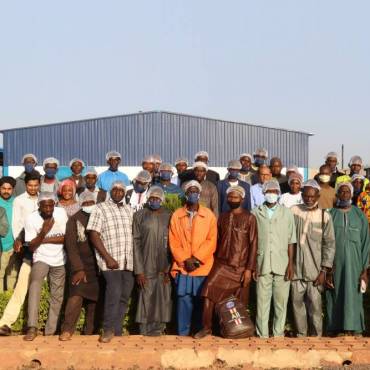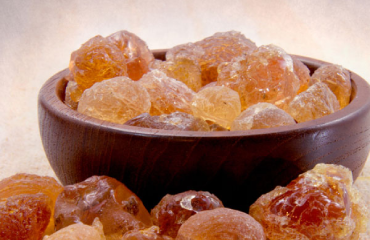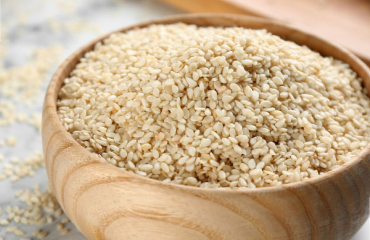Cashew is one of the most sought-after snacks in the world with a global consumption exceeding 4 million tons a year.
The production of 4 million cashew kernel results in 16 million tons of cashew shell which needs to be disposed.

With the latest technology in place, this shell can be 100% utilized in tangible products, hence helping the environment.
The processing of the shell results in 3 products ensuring ZERO WASTAGE. 
- CNSL oil
- Combustible gases
- CNSL charcoal briquettes
- CNSL Oil (Cashew Nut Shell Liquid)
- This oil has multiple nonedible uses including being used as furnace oil, a base for paints, etc.
- Combustible Gases
- During the production of the oil combustible gasses are released and these gasses are recycled to run the oil extraction process hence there is no air pollution during the CNSL oil extraction.
- Cashew Nut Shell Charcoal Briquettes
- The residue post the oil production is used to make charcoal briquettes. These briquettes can be used as fuel for:
- Cooking fuel for BBQs, homes, and restaurants (bakeries, grills, etc.)
- Fireplaces
- For boiler consumption
- The residue post the oil production is used to make charcoal briquettes. These briquettes can be used as fuel for:
Traditionally wood charcoal is made from different types of wood by burning the wood under controlled conditions. Wood charcoal is mostly pure carbon, called char made by heating wood above 400° C in a low oxygen environment. The process burns off volatile compounds such as water, methane, hydrogen, and tar. Besides deforestation, there is air pollution duringthis process.
Wood charcoal production in tropical regions of the world is often perceived to have devastating ecological and environmental effects and governments, public forestry institutions and non-government organizations have been particularly concerned about these charcoal-related impacts.
Mining Coal is defined as having more than 50 percent by weight (or 70 percent by volume) carbonaceous matter produced by the compaction and hardening of altered plant remains namely, peat deposits. Different varieties of coal arise because of differences in the kinds of plant material (coal type), degree of coalification (coal rank), and range of impurities (coal grade).
Hazards of mining and preparation 
-
- Mining operations are hazardous. Each year hundreds of coal miners lose their lives or are seriously injured
- Coal mines and coal-preparation plants have caused much environmental damage.
Pollution from coal utilization 
Coal utilization is associated with various forms of air pollution
Densely populated areas that burn coal directly for heating can suffer from unhealthy levels of air pollution, and areas near coal-burning power plants frequently have poorer air quality.
The burning of coal, like the burning of all fossil fuels, releases large quantities of carbon dioxide (CO2) into the atmosphere and is a major driver of global warming
Even though wood charcoal, cashew shell charcoal, and coal have their advantages in usage, wood charcoal and coal have many environmental effects, harm to human life, and global warming.
The cashew shell charcoal is made from the waste material directly from the cashew shell after extracting oil. It can help to minimize global warming by not utilizing natural resources like wood and coal for producing charcoal.
Cashew shell charcoal is like renewable energy from the waste cashew shells which are disposed of in huge quantities and burnt/buried in remote areas in African countries.
Having attained the properties almost matching the natural charcoal and coal, cashew shell charcoal is a good substitute product that helps prevent environmental pollution and global warming.





